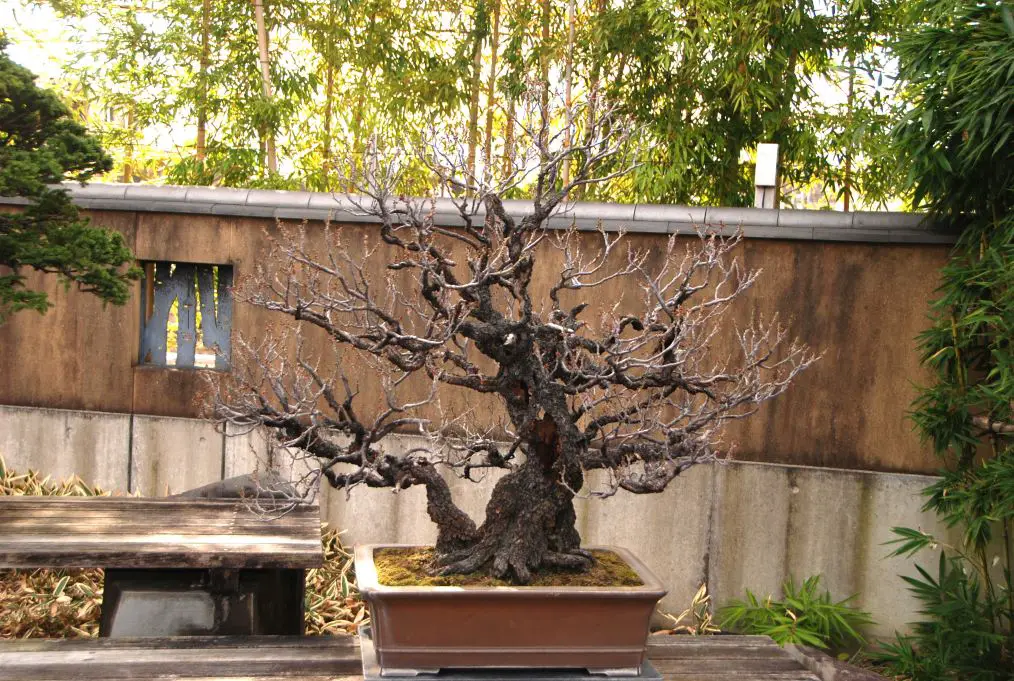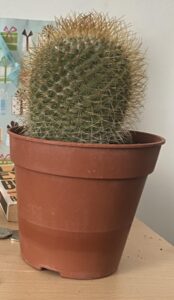Repotting a plant often comes with the necessity of root pruning—a technique that may provoke unease among even the most seasoned gardeners. Can you cut roots when repotting? The answer is a resounding yes, provided that it’s executed with prudence and knowledge. This article delves into the intricacies of root pruning during repotting, unveiling both the fundamental principles and the aesthetic advantages this practice can offer.
The very essence of a plant’s vitality originates from its roots. These subterranean structures are pivotal for the absorption of nutrients and moisture, anchoring the plant to the soil while facilitating its life-sustaining activities. However, a robust root system can become a double-edged sword; over time, roots may become densely packed or tangled, leading to a phenomenon known as root-bound plants. This condition markedly reduces a plant’s ability to thrive, calling into question the relationship between the roots, the soil, and the overall health of the plant.
In itself, repotting can dismantle existing constraints, encouraging asymmetrical growth. Yet, neglecting the roots during this process can defeat the purpose of repotting altogether. Thus, understanding when and how to prune roots becomes paramount.
Understanding the Need for Root Pruning
For a plant that has outgrown its container, root pruning can serve as a critical intervention. Roots can exhibit an evolutionary tactic known as radial growth, where they spiral around the edge of the pot in an attempt to access the nutrients at the walls. This often results in a congested mass of roots that inhibit the plant’s growth. When roots become bound, they struggle to absorb water and nutrients effectively. This is where the act of pruning roots comes into play—the opportunity to rejuvenate the plant and mitigate root-bound conditions.
Moreover, root pruning can also encourage bushing and branching, fostering a denser, more visually appealing plant. The science behind this lies in the concept of growth stimulation. By cutting back on over-extended roots, you prompt the plant to redirect its energy into new growth, ultimately enhancing its aesthetic allure. A well-groomed root system also permits the plant to spread more evenly, contributing to a fuller and more vibrant appearance that is sure to captivate anyone who admires it.
Timing is Everything: When to Prune Roots
The ideal time to consider root pruning is during repotting, particularly when a plant exhibits signs of becoming pot-bound. A common rule of thumb is to repot every one to two years, but this frequency may vary based on the species of the plant andits growth conditions. Observing plant health is key; if leaves start to yellow or the plant appears lopsided, it is time for action.
However, not all root systems are created equal. Certain robust varieties, such as cacti and succulents, may require less drastic pruning compared to more delicate plants. Understanding the specific needs of your plant species can prevent unnecessary trauma to the root ball.
Executing the Art of Root Pruning
The process of root pruning must be approached with a combination of finesse and confidence. Begin by carefully removing the plant from its original pot. Take care to minimize damage to the roots during this initial stage. Once the root ball is visible, examine it for signs of rot or decay. Any unhealthy or discolored roots should be trimmed away with sterile, sharp gardening shears.
For healthy roots, gently disentangling them can be beneficial, but it’s advisable to prune back any overly long or wiry growth. A fundamental guideline is to trim back no more than one-third of the root system in a single session. This prevents overwhelming the plant, allowing it to recover and adapt to the changes imposed.
Once you’ve pruned the root system, you should prepare the new pot with fresh potting soil. Ensure the new container is slightly larger than the previous one to allow room for growth. Place the plant in the new soil, filling in gaps with the potting mix. Water thoroughly to help the roots establish themselves in their new home, fostering a sense of stability.
Aesthetic Enhancements through Root Pruning
Beyond the physiological advantages, root pruning can also elevate a plant’s aesthetic appeal. A well-maintained root system provides not just structural integrity, but rather an artistic foundation that encourages flourishing growth patterns. Achieving a balance between the above-ground and below-ground components creates a visual harmony that is pleasing to the eye.
Furthermore, healthier root systems promote lush foliage and blooming, which is the ultimate goal for any plant enthusiast eager to showcase the elegance of their botanical collection. The aesthetic allure of a thriving plant—its verdant leaves, vibrant flowers, and striking silhouette—can spark curiosity and admiration from anyone who beholds it.
In summary, cutting roots when repotting is not merely an option; it is a necessary practice for the sustenance and beauty of your plants. Understanding the right time to act, how to execute the process, and appreciating the resultant aesthetic charm will transform your gardening experience. As with any horticultural endeavor, knowledge is power. Embrace the art of root pruning, and watch your plants flourish like never before.





Leave a Comment